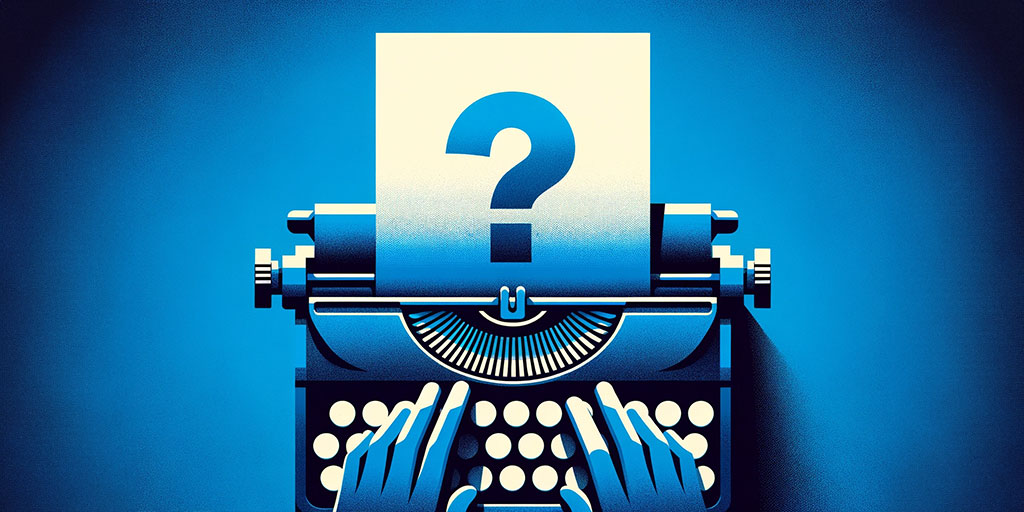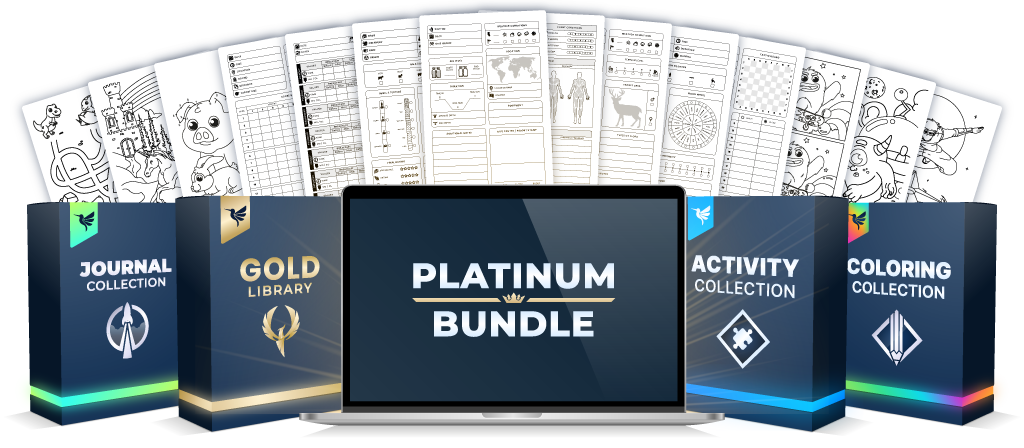Embark on a thrilling journey through time as you master the art of crafting epic flashbacks in your stories. Unleash the power of the past to captivate your readers, evoke emotions, and reveal hidden truths. Are you ready to discover the secrets behind creating seamless, immersive, and impactful flashbacks that will leave your readers spellbound? Dive in and let the adventure begin!
What is a Flashback in a Story?
A flashback is a scene or sequence in a story that transports the reader back in time to reveal important information about a character or event. Flashbacks can be a powerful tool for deepening your story, provide backstory, or reveal pivotal moments from a character’s past.
Types of Flashbacks
Flashbacks come in various forms and structures, each with its unique function and effect on the story. Understanding these different types of flashbacks can help writers select the most suitable approach for their narrative. The following are some of the most common types:
- Straight Break Flashback: This type of flashback involves a sudden shift from the present timeline to a past event. The scene transition is often marked by a line break, a change in formatting, or a clear signal in the text that the story is moving to a different time.
- Dream Sequences: Dream sequences are flashbacks that occur within a character’s dreams or nightmares. They can reveal significant events or emotions from the past, providing readers with a deeper understanding of the character’s psyche.
- Memories: Memories are triggered by a character’s thoughts or conversations. As characters reflect on their past experiences or share stories with others, readers gain insights into the characters’ backgrounds and motivations.
- Foreshadowing Flashbacks: These are brief glimpses of past events that serve to hint at future occurrences in the story. By offering subtle clues about what’s to come, foreshadowing flashbacks can create suspense and intrigue, keeping readers engaged.
- Framed Narratives: In a framed narrative, a character within the story shares a past event or anecdote, effectively creating a story within a story. This technique allows the author to present flashbacks as firsthand accounts from characters, offering an additional layer of perspective to the narrative.
- Epistolary Flashbacks: Epistolary flashbacks use letters, diary entries, or other written documents to reveal events from the past. This can provide readers with an intimate and personal look into a character’s thoughts, emotions, and experiences.
Craft of Writing Quiz (Easy)

Why Use Flashbacks in Your Story?
Flashbacks serve as a powerful narrative tool, enabling writers to enrich their stories in various ways. By incorporating them, authors can achieve multiple objectives, such as enhancing character development, revealing important information, building suspense, and strengthening the overall narrative structure.
How to Write an Epic Flashback
Crafting an epic flashback requires careful planning and a thoughtful approach to ensure it adds value to the story and engages the reader. Following these tips can help you create a powerful and effective flashback:
1. Pinpoint the Perfect Trigger
Select a suitable trigger in the present timeline to initiate the flashback. This can be a sensory cue, an object, or an event that reminds the character of a past experience and smoothly transitions the reader into the past.
2. Add Sensory Details
Incorporate sensory details to make the flashback vivid and immersive. By engaging the reader’s senses, you create a more memorable and emotionally resonant experience.
3. Make it Relevant & Necessary
Ensure the flashback is relevant to the main narrative and adds value to the story. The information revealed should be essential to the reader’s understanding or contribute to character development
4. Reveal Backstory
Use flashbacks to reveal important backstory elements that enrich the main narrative and provide context for the reader.
5. Develop Characters
Flashbacks can offer insights into a character’s motivations, relationships, and personal growth, deepening the reader’s connection to the story.
6. Unleash the Power of Dialogues
Incorporate dialogue to bring the flashback to life and create dynamic interactions between the characters within it.
7. Set Up Foreshadowing
Strategically use flashbacks to foreshadow future events, building suspense and intrigue in the story.
8. Keep It Brief
Maintain the flashback’s brevity, focusing on essential details and avoiding unnecessary information that might disrupt the main narrative’s pacing.
9. Choose a Consistent Tense
Maintain a consistent tense throughout the flashback, ensuring a smooth and coherent reading experience.
10. Use a Distinct Narrative Voice
Differentiate the flashback from the main narrative by employing a distinct voice or style, making it easy for readers to distinguish between past and present.
11. Ensuring Chronological Clarity
Clarify the flashback’s timeline to avoid confusion, particularly when multiple flashbacks are involved.
12. Avoid the Info Dumping
Reveal information gradually and organically, rather than overwhelming the reader with excessive backstory at once.
13. Balance Your Flashback Frequency
Utilize flashbacks sparingly and strategically to prevent disrupting the flow of the main narrative.
How Do You Start a Flashback?
Starting a flashback effectively is essential to ensure a smooth transition for the reader from the present narrative to the past. First, you will have to identify an appropriate trigger that naturally reminds the character of a past event. This can be a sensory experience, an object, or a specific incident in the story. Make sure to establish a clear connection between the trigger and the flashback, so readers can easily follow the shift in time.
What Words Signal the Start of the Flashback?
Using words or phrases that signal the beginning of a flashback can help alert readers to the shift in time, allowing them to prepare for the transition mentally. Here are ten example words and phrases that can be used to signal the start of a flashback:
- Suddenly…
- As if transported back in time…
- Reminiscent of…
- Memories flooded back…
- Long ago…
- It all came rushing back…
- In an instant, she was back…
- She couldn’t help but remember…
- The past resurfaced…
- Once upon a time…
Incorporating these words and phrases into your writing can help create a seamless transition into the flashback, ensuring a smooth and engaging reading experience for your audience.
3 Great Flashback Examples
Literary works abound with masterfully crafted flashbacks that enhance the narrative and captivate readers. The following examples showcase the power of flashbacks in storytelling, inspiring writers to explore the potential of this narrative device in their own work.
Harry Potter and the Prisoner of Azkaban, by J.K. Rowling
In the third installment of the beloved Harry Potter series, Rowling employs flashbacks through the Pensieve, a magical object that allows characters to relive memories. These flashbacks unveil crucial plot points, offer insights into the enigmatic Sirius Black, and reveal hidden layers of the wizarding world. Rowling’s skillful use of flashbacks not only adds depth to the narrative but also enhances the emotional impact of the story. (Learn More)
To Kill a Mockingbird, by Harper Lee
Harper Lee’s classic novel takes the reader on an emotional journey into the past, as Scout Finch reminisces about her childhood experiences in the racially divided town of Maycomb. Through a series of evocative flashbacks, Lee explores themes of injustice, prejudice, and moral growth. These flashbacks serve to deepen the reader’s connection to the characters and underscore the novel’s timeless messages. (Learn More)
The Great Gatsby, by F. Scott Fitzgerald
F. Scott Fitzgerald’s iconic work, The Great Gatsby, utilizes flashbacks to unravel the enigmatic figure of Jay Gatsby and his tumultuous past. Through these glimpses into Gatsby’s history, Fitzgerald reveals the character’s dreams, obsessions, and ultimate downfall. The flashbacks serve to heighten the emotional resonance of the story, making Gatsby’s tragic fate all the more poignant for the reader. (Learn More)
7 Common Mistakes When Using Flashbacks
Incorporating flashbacks into your narrative can be a powerful storytelling tool, but it’s essential to avoid common pitfalls. Here are some frequent flashback mistakes and how to steer clear of them:
1. Overusing Flashbacks
- Mistake: Excessive use of flashbacks can disrupt the flow of your narrative, making it confusing or tedious for the reader.
- Solution: Use them sparingly and ensure each one of them serves a specific purpose, such as character development or revealing crucial information.
2. Poor Transitions
- Mistake: Abrupt or unclear transitions between the present and past can leave readers disoriented.
- Solution: Smoothly transition in and out of characters’ memories by using clear signals, such as specific words, phrases, or formatting changes.
3. Lengthy Flashbacks
- Mistake: Overly long flashbacks can disrupt the pacing of your main narrative, potentially losing the reader’s interest.
- Solution: Keep flashbacks concise, focusing on essential details and avoiding unnecessary information that might weigh down the story.
4. Lacking Integration with the Main Narrative
- Mistake: Introducing flashbacks that feel disjointed from the main narrative, resulting in a fractured and disconnected story.
- Solution: Seamlessly weave flashbacks into the story by ensuring they are well-placed, relevant, and enhance the overall narrative structure.
5. Complex or Confusing Structure
- Mistake: Presenting flashbacks in a convoluted or confusing manner, making it difficult for readers to follow the story.
- Solution: Simplify their structure and maintain a clear, linear progression within the flashback itself. If using multiple flashbacks, ensure they are easy to follow and differentiate.
6. Using Flashbacks as an Expository Crutch
- Mistake: Relying on flashbacks to reveal excessive backstory or explain plot points, rather than integrating this information organically into the main narrative.
- Solution: Use them to supplement the main narrative, and avoid overloading them with information. Instead, reveal backstory and plot details through a combination of dialogue, action, and description.
7. Lack of Emotional Impact
- Mistake: Writing flashbacks that lack emotional depth or fail to evoke a strong response from readers.
- Solution: Focus on the emotional aspects of the character’s past experiences, using sensory details and strong character reactions to create an immersive and emotionally resonant journey for the reader.
By being mindful of these common flashback mistakes, you can ensure your use of this narrative device is effective and contributes to a compelling, engaging story.
How Long Should a Flashback Be?
The length of a flashback can vary depending on the purpose it serves in your story and the pacing of your narrative. However, it’s crucial to avoid overly lengthy flashbacks that could disrupt the flow of your story.
Generally, a flashback should not be longer than about 300 to 600 words, which is approximately 1 to 2 pages. This range allows for enough detail to convey its purpose while maintaining reader engagement and preserving the momentum of the main narrative.
How to Format a Flashback?
Formatting flashbacks consistently and clearly can help readers easily identify when they’re transitioning between the present and past. Here are some general formatting guidelines and suggestions for flashbacks:
- Line breaks or separators: Insert a line break, an empty line, or a visual separator (e.g., three asterisks) before and after the flashback to indicate a shift in time.
- Italics: Some writers choose to italicize the entire flashback to differentiate it from the main narrative. However, this can be challenging for readers if the flashback is lengthy, as italics are usually a bit harder to read than regular fonts. Use this technique sparingly and only for short memories.
- Transition words or phrases: Use words or phrases that signal the beginning and end of a flashback, such as “remembered,” “long ago,” or “back in time.”
- Tense changes: Maintain a consistent tense within the narration of the past events (typically past perfect), and switch back to the main narrative tense when the flashback ends.
Frequently Asked Questions
When to Use a Flashback?
Use a flashback when you need to reveal important information from the past, develop a character, or create suspense.
Can I Start My Story With a Flashback?
Yes, you can start your story with a flashback, but make sure it serves a clear purpose and engages the reader from the beginning.
Can You Write a Flashback Within a Flashback?
While it’s possible to write a flashback within a flashback, it can be confusing for the reader. Use this technique sparingly and ensure clarity in your narrative.
Flashback vs. Backstory: What’s the Difference?
A flashback is a scene or sequence that transports the reader back in time, while backstory refers to a character’s history or events that occurred prior to the main narrative. Flashbacks are one way to reveal backstory in a story.
Can I Use a Flashback to Reveal Information?
Yes, they can be an effective way to reveal information, as long as the information is relevant and contributes to the development of the story or its characters.
Can I Use a Flashback in Any Genre of Writing?
Flashbacks can be used in virtually any genre of writing, from literary fiction to science fiction, mystery, and romance. The key is to ensure this technique is appropriate for the story and contributes to its overall development.
Final Thoughts
As our voyage through the realm of flashbacks comes to an end, you are now equipped with the knowledge and skills to weave captivating and powerful memories into your stories. Carry these 13 potent writing tips with you, and watch your characters come to life as their pasts unfold before your readers’ eyes.
Craft of Writing Quiz (Hard)








